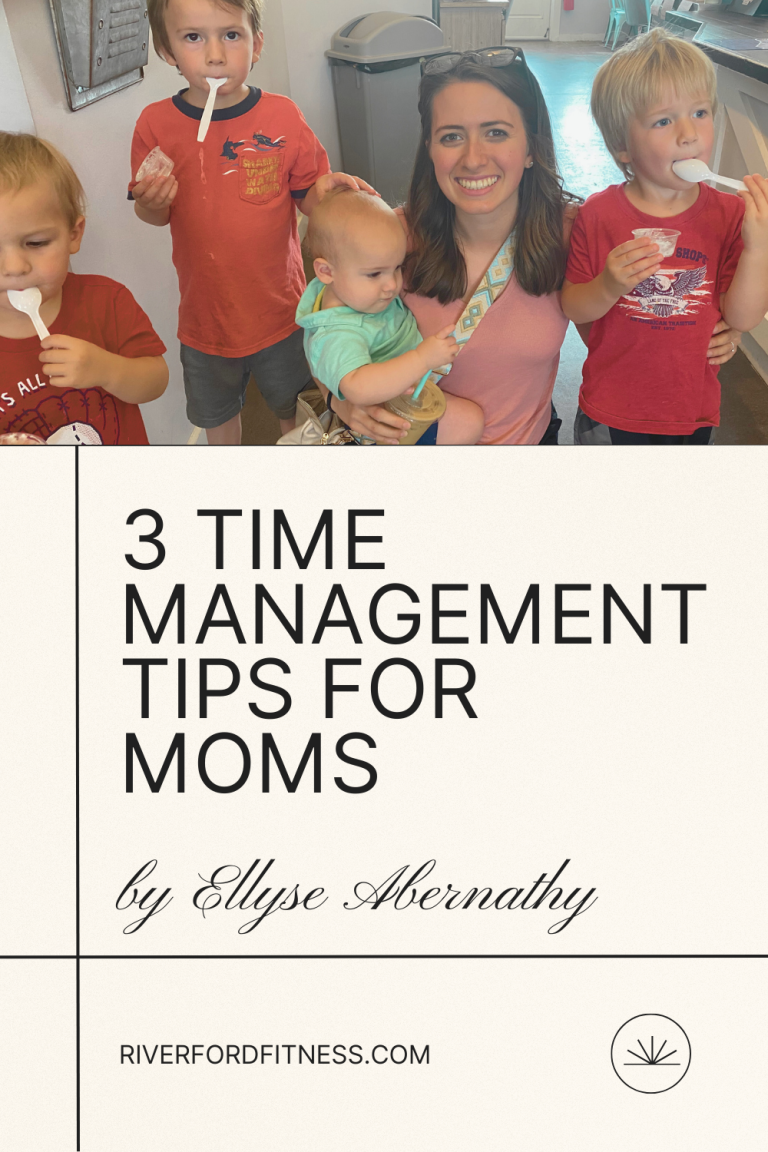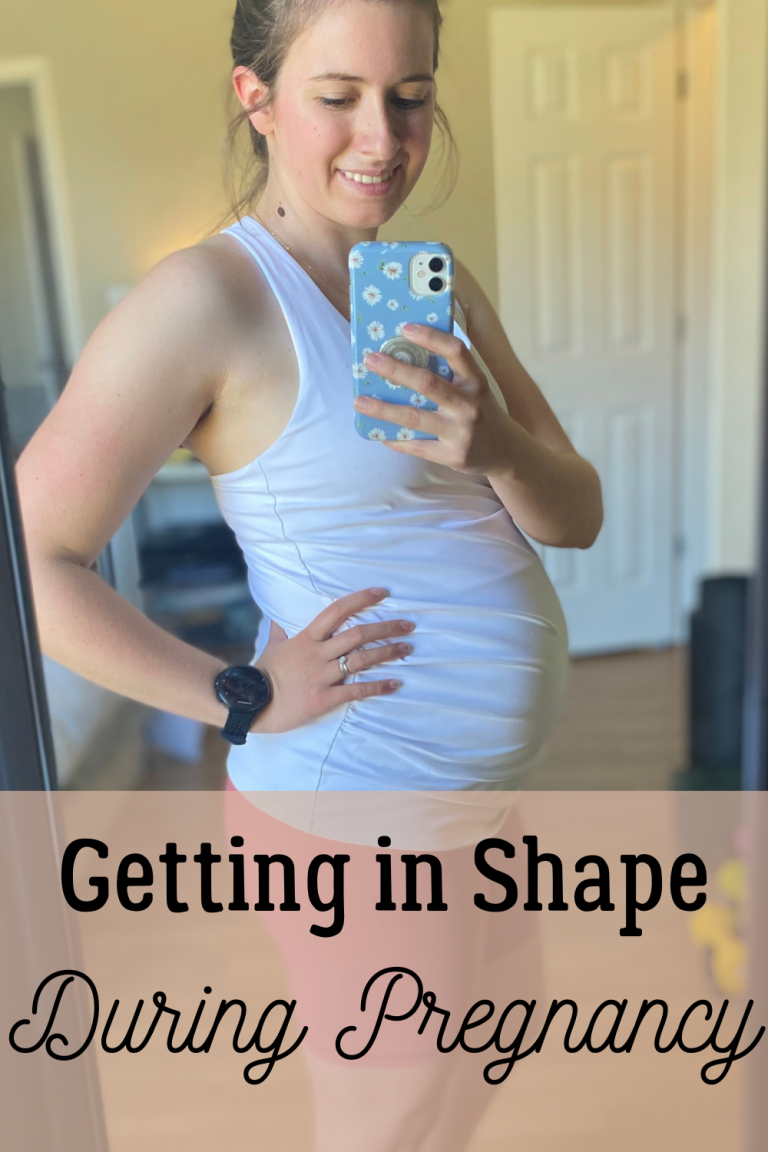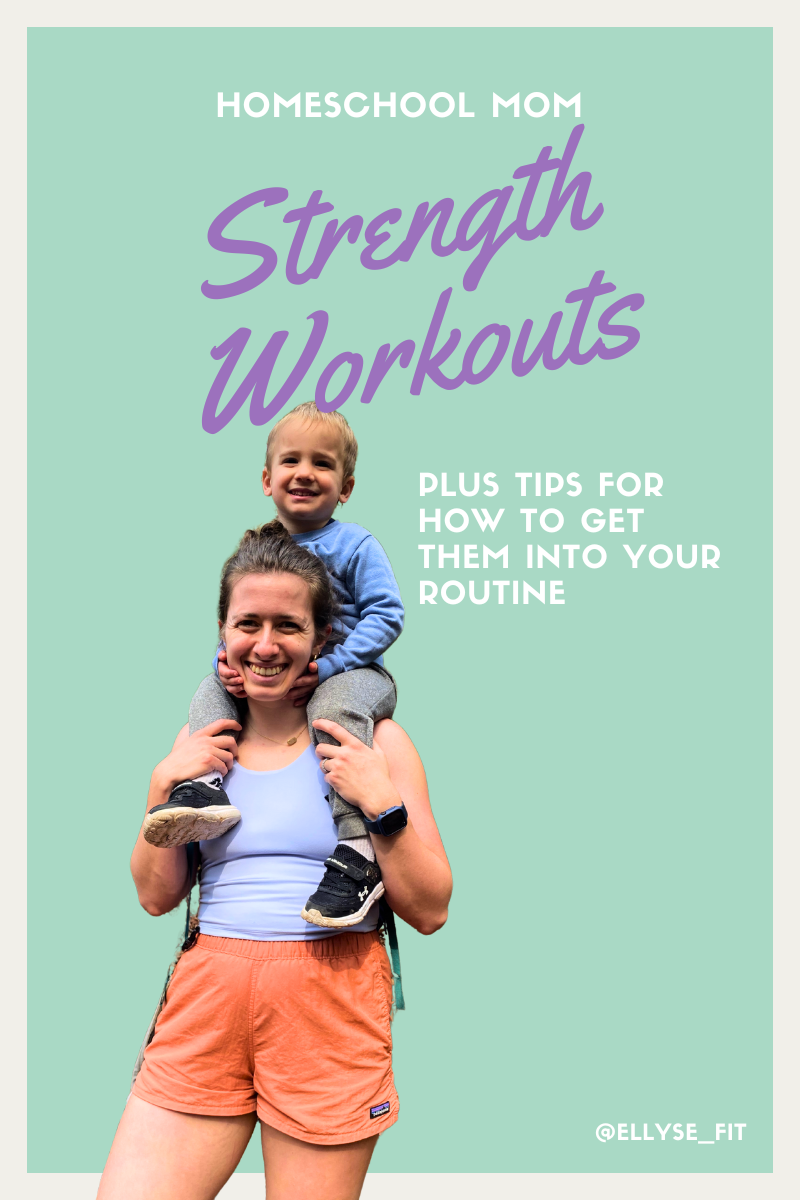It doesn’t take long to find conflicting advice about pregnancy fitness. With so much misinformation floating around, it’s easy to feel overwhelmed. Today, I’m busting four of the most common pregnancy fitness myths so you can have your healthiest, most confident pregnancy without the confusion.

Pregnancy Fitness Myth #1: Kegels Will Make Labor Easier
Strengthening the pelvic floor is often touted as the key to an easier labor. But this advice isn’t entirely accurate.
The Truth:
A balanced pelvic floor is what truly matters—one that can activate when needed and fully relax when necessary. Contrary to popular belief, your pelvic floor is not responsible for pushing the baby out—that’s your uterus’ job! (American College of Obstetricians and Gynecologists [ACOG], 2023). Overemphasizing Kegels can lead to excessive tension, which may make labor more difficult, not easier (Bo, 2020).
I learned this firsthand in my first pregnancy. After searching “why am I having incontinence during pregnancy,” I assumed my pelvic floor wasn’t strong enough and that I needed to strengthen it even more. I doubled down on Kegels, believing they would solve my issues and help me have the natural labor I wanted.
But guess what? My incontinence didn’t improve, and when labor came, it was my uterus—not my pelvic floor—that did the pushing. The pelvic floor plays a crucial role in supporting the body, but when it comes to delivering a baby, its ability to relax is just as important as its ability to contract. Over-tightening the pelvic floor can actually make labor more difficult, rather than easier.
Now, in my fourth pregnancy, I’ve shifted my focus to full-body strength training—squats, lunges, and hip thrusts—to support my pelvic health. The result? No incontinence, better movement, and less discomfort compared to my previous pregnancies.
👉 Looking to train your pelvic floor correctly during pregnancy? Book a free consultation with me here.
Pregnancy Fitness Myth #2: If You Weren’t Exercising Before Pregnancy, You Shouldn’t Start Now
Some claim that if you weren’t active before pregnancy, you should wait until postpartum to start exercising. But that’s outdated advice.
The Truth:
Pregnancy is actually an ideal time to introduce moderate exercise, even if you were previously inactive. ACOG (2023) recommends that pregnant women engage in at least 150 minutes of moderate-intensity activity per week—even if they weren’t exercising before. Safe options include walking, strength training, and prenatal yoga (Davenport et al., 2018). The key is progressing gradually and listening to your body.
Benefits of exercising during pregnancy include:
- Reduced back and hip pain
- Lower risk of excessive weight gain
- Improved sleep and mood
- Better postpartum recovery
I used to believe this myth myself. After three back-to-back pregnancies, I felt stuck—like I had to wait until postpartum to regain my strength. But once I embraced movement during pregnancy, my energy improved, and I felt more like myself.
👉 Ready to start your pregnancy fitness journey? Let’s create a plan that works for you—contact me here.
Need help with your pregnancy or postpartum fitness routine? Reach out to me here.
Pin it for later!

Pregnancy Fitness Myth #3: Pregnant Moms Shouldn’t Lift Heavy
There’s a common myth that pregnant women shouldn’t lift heavy objects. In reality, most pregnant moms should lift weights—when done correctly, it’s incredibly beneficial.
The Truth:
Your pregnant body is not fragile. It is designed to handle physical challenges, and strength training is an excellent way to prepare for the demands of motherhood. In fact, ACOG supports strength training during pregnancy for low-risk women, as long as proper form is maintained (ACOG, 2023).
Think about it: In many cultures, pregnant women carry toddlers on their backs and heavy water jugs on their heads—yet here in the U.S., we often tell expectant moms not to lift their groceries. It’s time to rethink this myth!
Of course, every pregnancy is unique, and women with high-risk pregnancies should consult their healthcare provider. But for most low-risk pregnancies, lifting heavy weights is not only safe but recommended.
A Note About Lifting Heavy:
Lifting “heavy” is relative—what feels challenging to one person may not be difficult for another. If you’re new to strength training, lifting 5-10lb weights may be a great starting point. If you’ve been lifting for years, you may continue to progress safely during pregnancy. The key is listening to your body and making adjustments as needed.
Over the course of my fourth pregnancy, I’ve increased my bicep curls from 15 lbs to 25 lbs and my squats from 70 lbs to 125 lbs—all while feeling stronger and more energized than in my previous pregnancies. This isn’t to brag—it’s to show you what’s possible when you train safely and consistently!
👉 Want a strength training program designed for pregnancy? I’d love to help—click here to learn more.
Pregnancy Fitness Myth #4: You Shouldn’t Do Any Core Work During Pregnancy
Many women fear that doing core work will increase their risk of diastasis recti, but this isn’t the case.
The Truth:
Core work is an essential part of a balanced workout regimen for expecting moms! While you won’t be doing intense ab exercises like crunches or planks, there are many safe and beneficial core movements to focus on during pregnancy.
Some effective exercises include:
✅ Diaphragmatic breathing
✅ Transverse abdominis contractions
✅ Bear planks
✅ Bear crawls
✅ Pallof press
✅ Bird dog
✅ Side plank (1st + 2nd trimester)
A strong core helps support your spine, reduce back pain, and improve overall stability during pregnancy. Don’t let pregnancy fitness myths fool you—building core strength is beneficial in all stages of life, not just pregnancy!
👉 Want a pregnancy-safe core workout plan? Let’s create one together—click here to get started.
Staying active during pregnancy isn’t just about fitness—it’s about feeling strong, confident, and prepared for the journey ahead. By challenging these common myths, you’re taking control of your health and embracing movement in a way that supports both you and your baby. Whether you’re lifting weights, engaging in core work, or simply staying active, every step you take matters. Keep moving, keep growing, and trust that your body was made for this!

Did you believe any of these pregnancy fitness myths?
Tell me in the comments below what crazy thing you were told during pregnancy, fitness related or not!
More articles you may enjoy:
28 Out of the Box Homeschool Extracurricular Activities
3 Time Management Tips to Crush It at Mom Life






